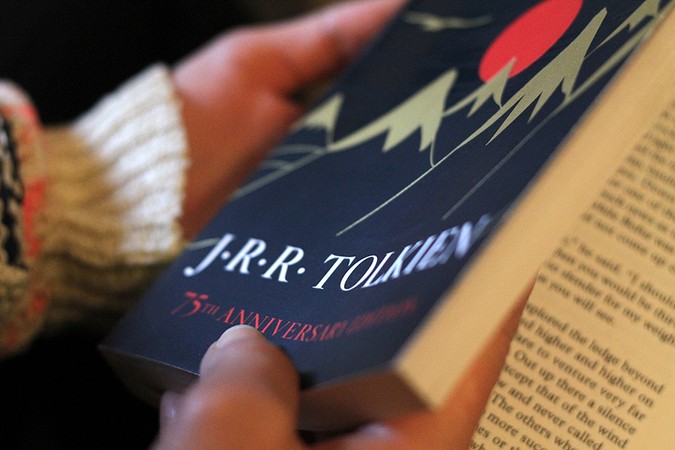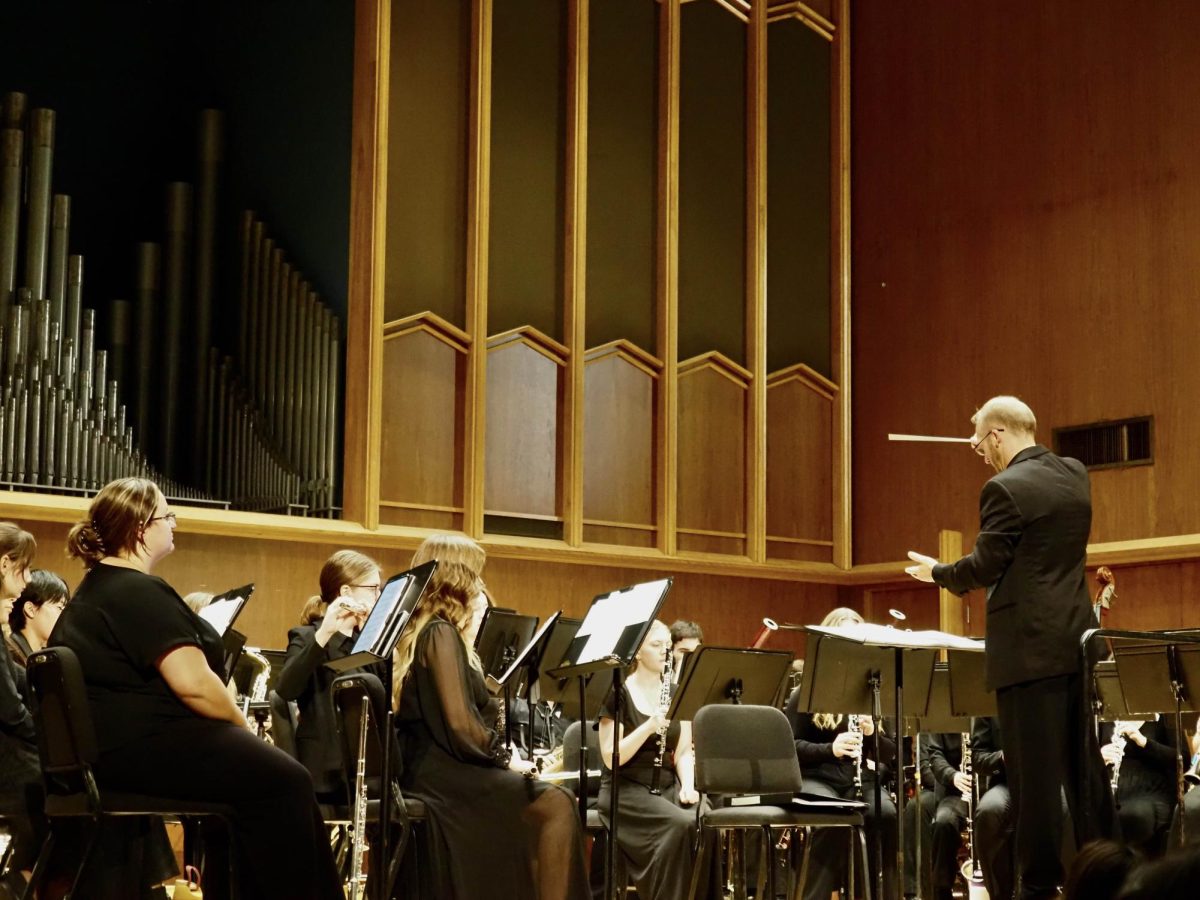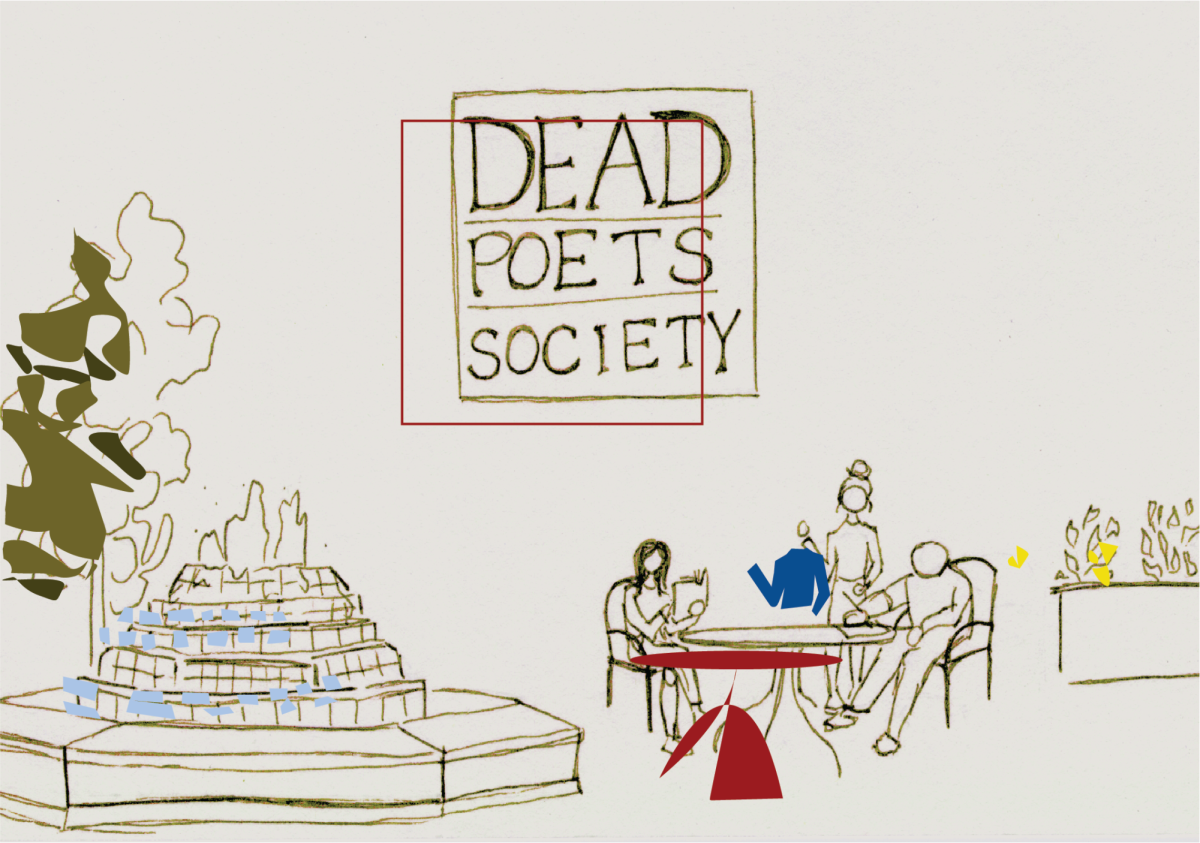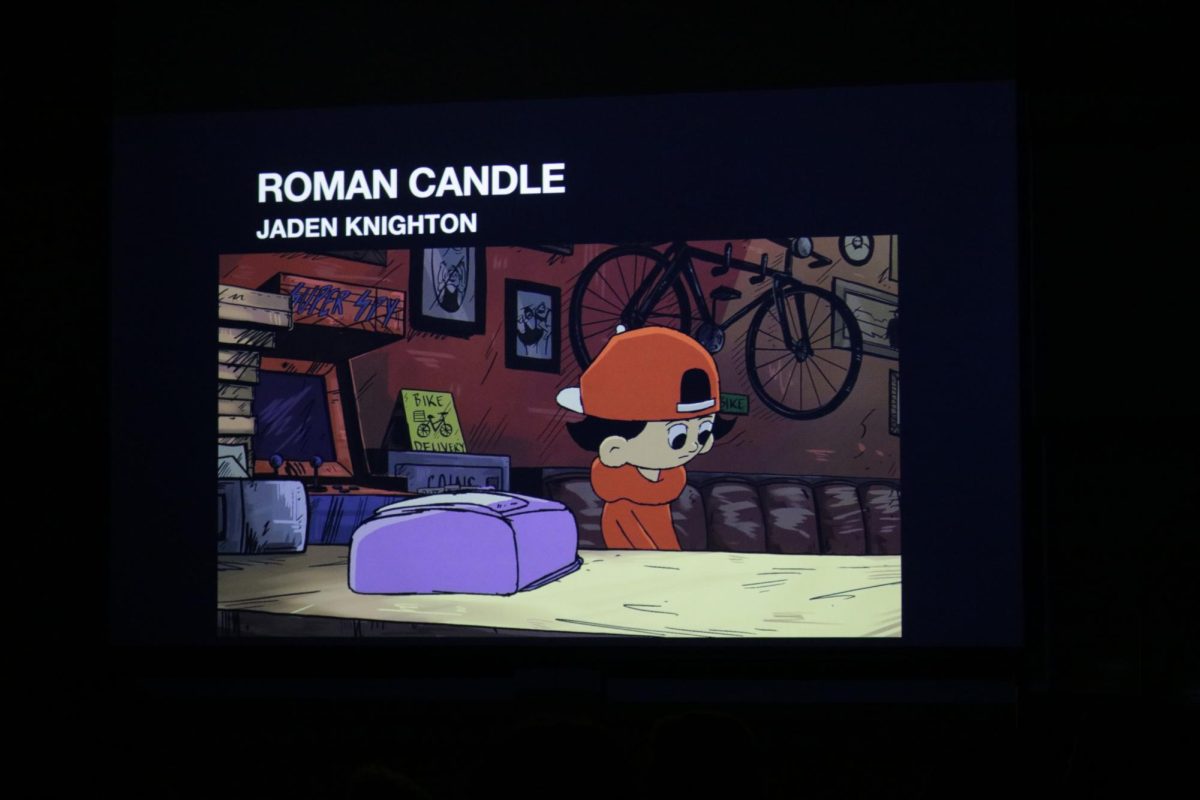When John Ronald Reuel Tolkien’s youngest son Christopher began accumulating all of Tolkien’s unpublished writings in an attempt to construct the full expanse of Middle Earth, the universe Tolkien spent his life developing erupted around him.
A LOVE WORTH WRITING FOR
“The Lay of Aotrou and Itroun” hit the shelves in its entirety for the first time after 70 years in the United Kingdom on Nov. 7, 2016. The epic love story of “Beren and Lúthien” was published as well on June 1. The public has not seen the story of another more famous power couple from “Lord of the Rings,” Aragorn and Arwen, though whispers have resounded through the halls of the Tolkien fandom for years.
Finally, in the United States in Nov. 7, Harpercollins Publishers released “Aotrou and Itroun” along with Tolkien’s “Corrigan” poems, all of which interweave the mythology and magic of the Celtic tradition with an epic romance he evidently found fascinating.
Tolkien obsessed over power couples. He wrote them into his worlds and his studies constantly, giving them different names and pitting them against the worst of foes time and time again.
However, Tolkien writes “Aotrou and Itroun” differently. Rather than a couple similar in profundity to Beren, Luthien, Aragorn and Arwen, the two in this tale weave a story in the semi-fictional world of Celtic history. More specifically, Aotrou and Itroun mean “Lord” and “Lady” in Breton, and the characters within the story exist in a young France: specifically the northwestern province Brittany.
The pools of Tolkien’s worldbuilding process within Celtic mythology runs deep and mysterious. A 508-line romantic poem, “Aotrou and Itroun” tells the story of an Irish lord and lady who come across a tragic fate at the hands of a fée, or fairy of the Otherworld.
All in all, “Aotrou and Itroun” presents a side of the beloved author many do not anticipate when reading his most famous works. The poem’s tale characterizes sorrow and loss, with a spark of happiness sandwiched between the two. A familiar tale of a barren couple who pursues the help of a witch to bring them a child, this one ends in chaos when the witch demands a lifelong payment.
HAPPY ENDINGS OVERRATED
Rather than a happy ending that sees the witch get her due punishment, the story ends with the good side losing and the evil left laughing in triumph. This makes Aotrou and Itroun so engaging—the infamous “happily ever after” never happens. The good guys do not get the ring to the lava in time. The giant flaming eye wins the battle.
This tale proves unlike Tolkien at all, which reveals why folks who began reading Tolkien for “The Hobbit” and stayed for his themes of romance of good versus evil revel in material like this. J.R.R.’s apparent abandonment for happy endings breathes depth into both his characters and his most famous stories.
One could argue the mind behind Middle Earth had to get the tragedy out of his system before producing the “Lord of the Rings.” Perhaps Tolkien allowed the tragedy of Celtic mythology to influence the somewhat seldom tragedy of his future work.
Much like the six tragic characters, Tolkien had many facets to his infatuation with romance. Luckily, through his son, every generation from here on has access to his exploration of them.







